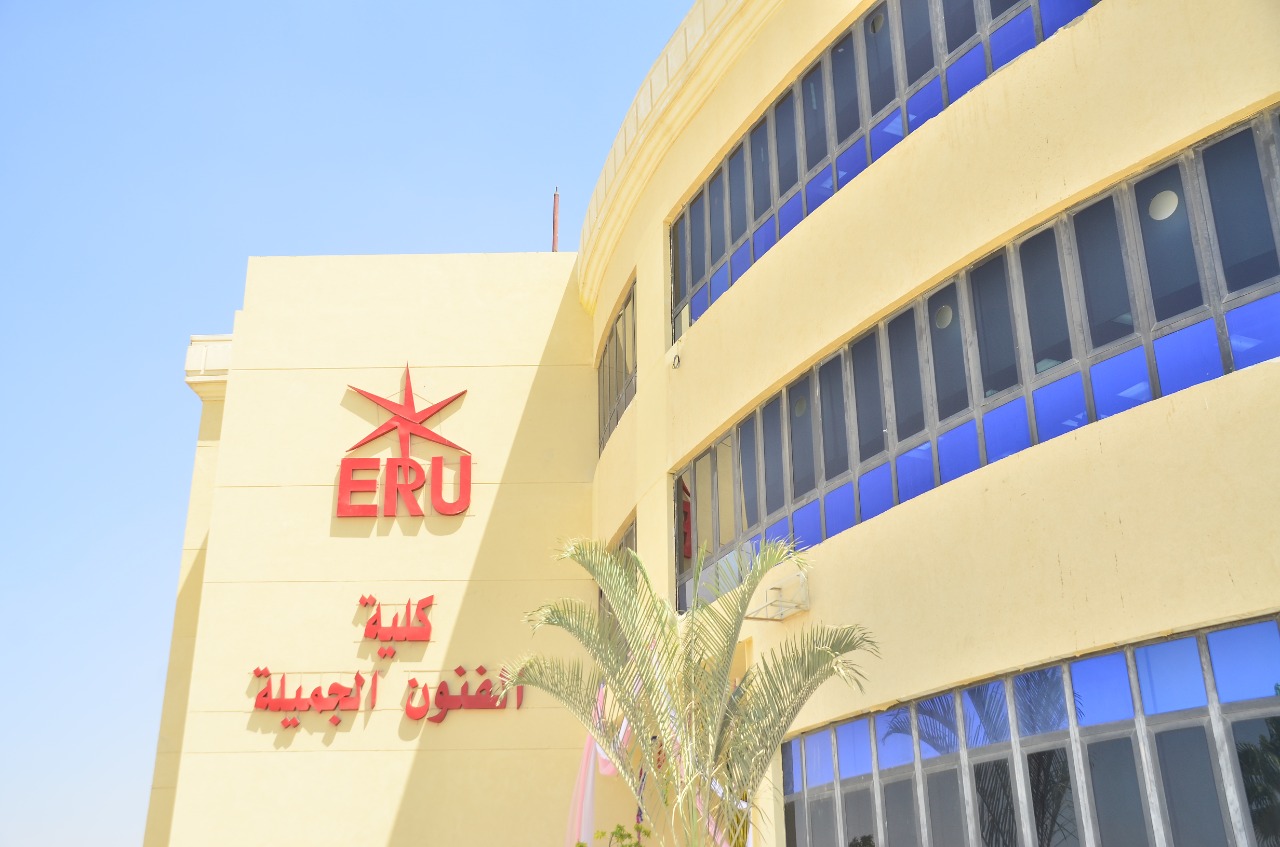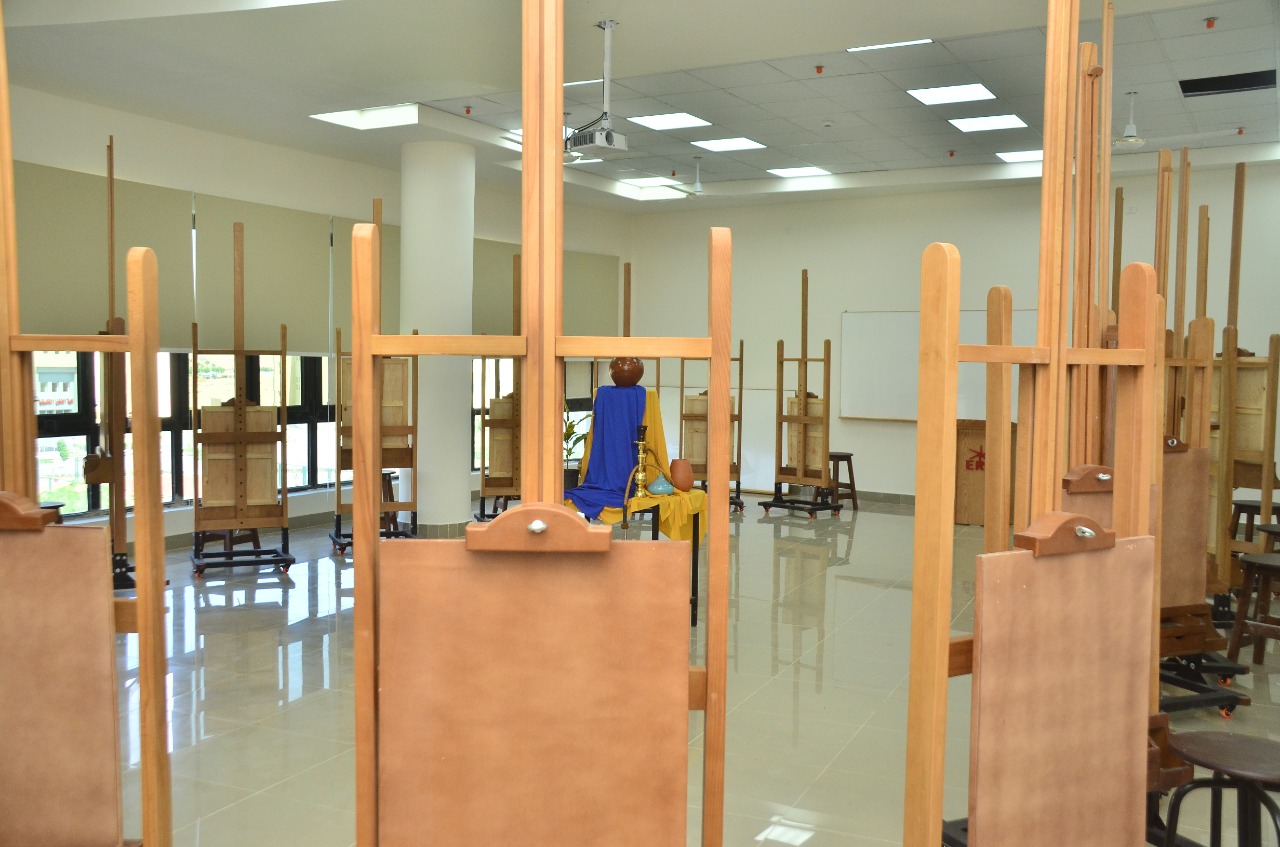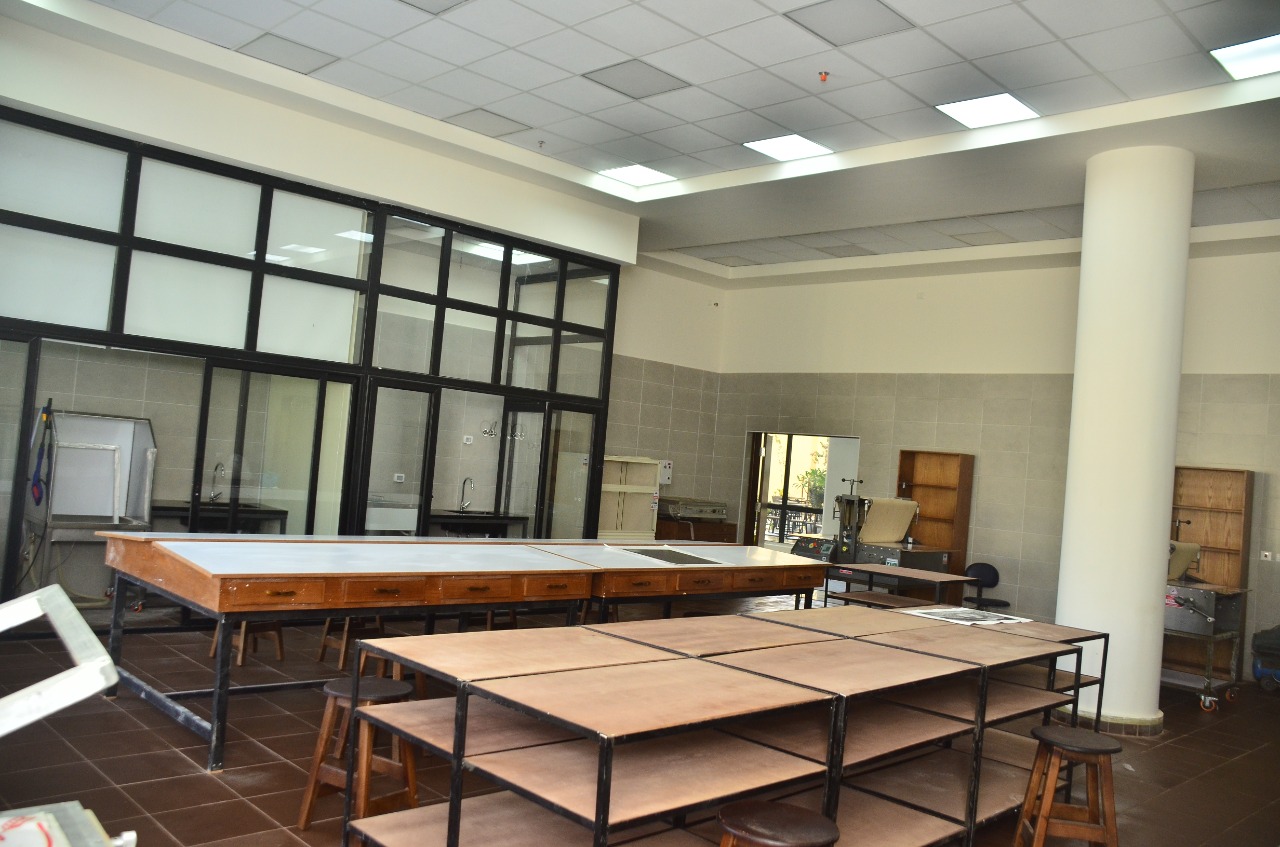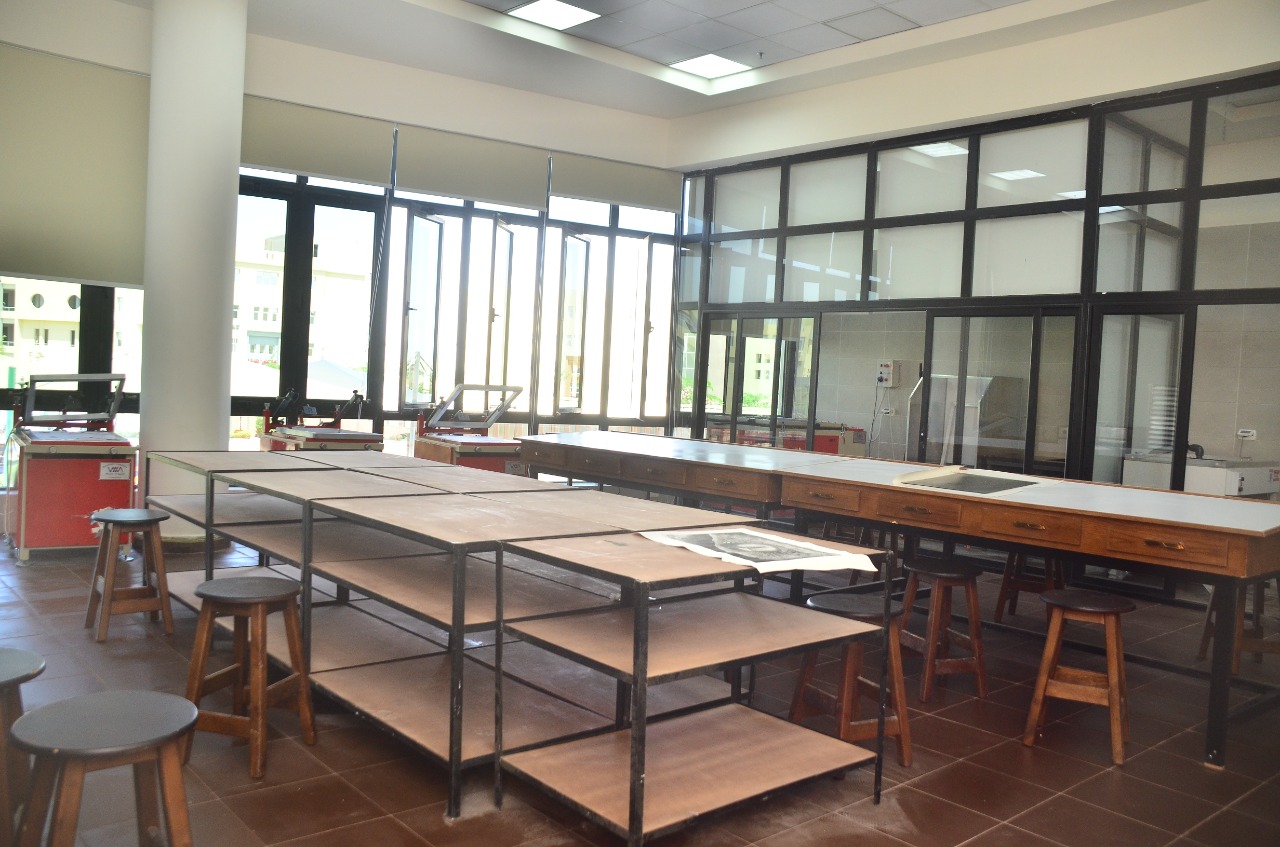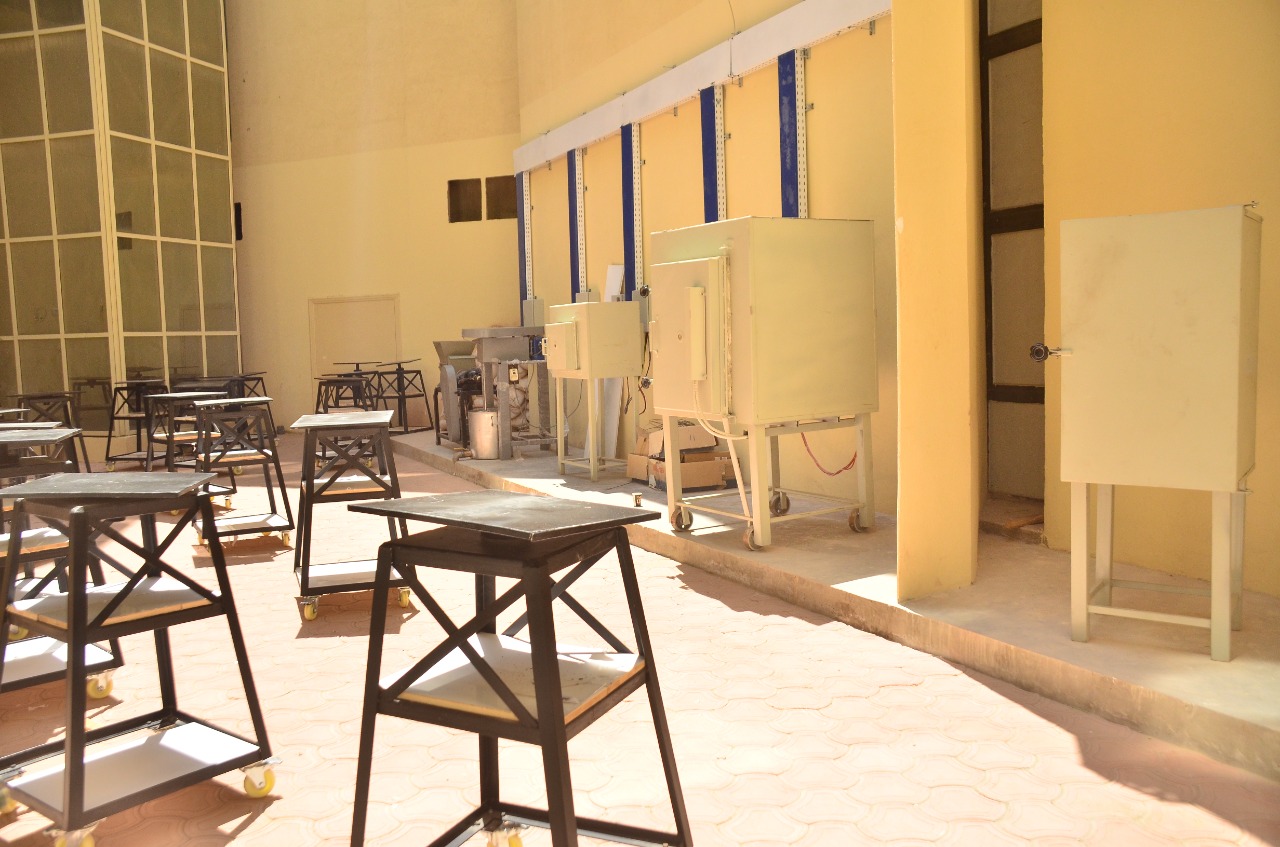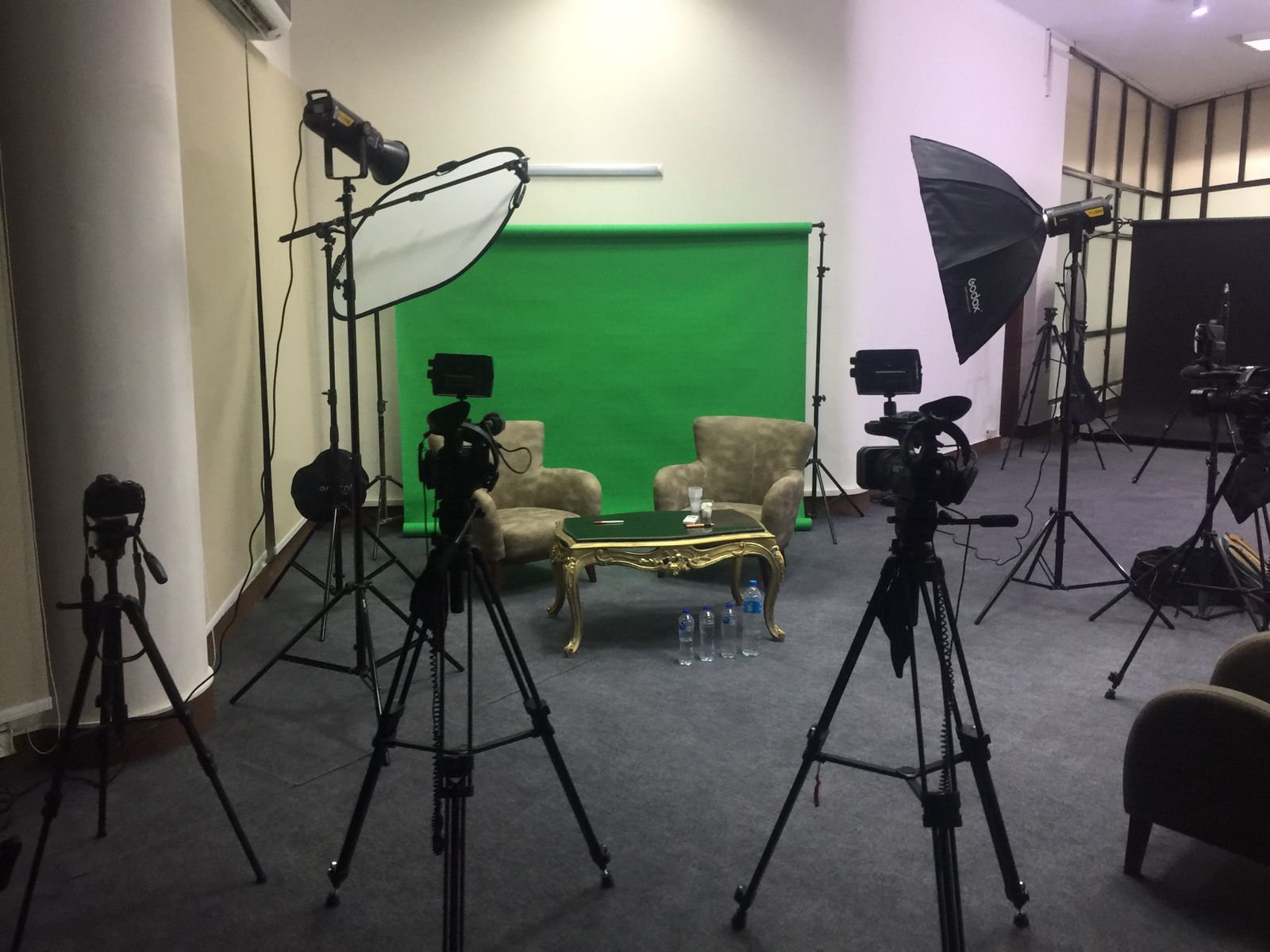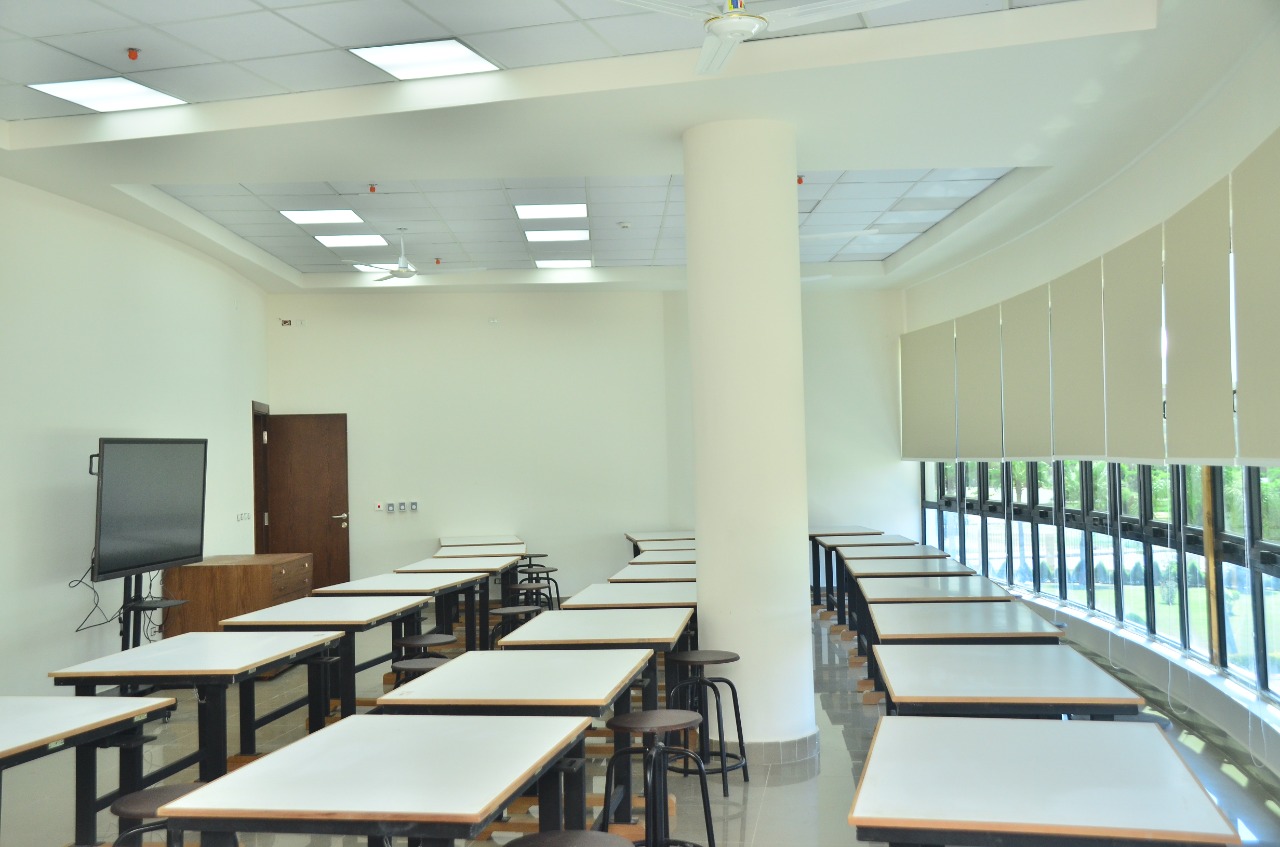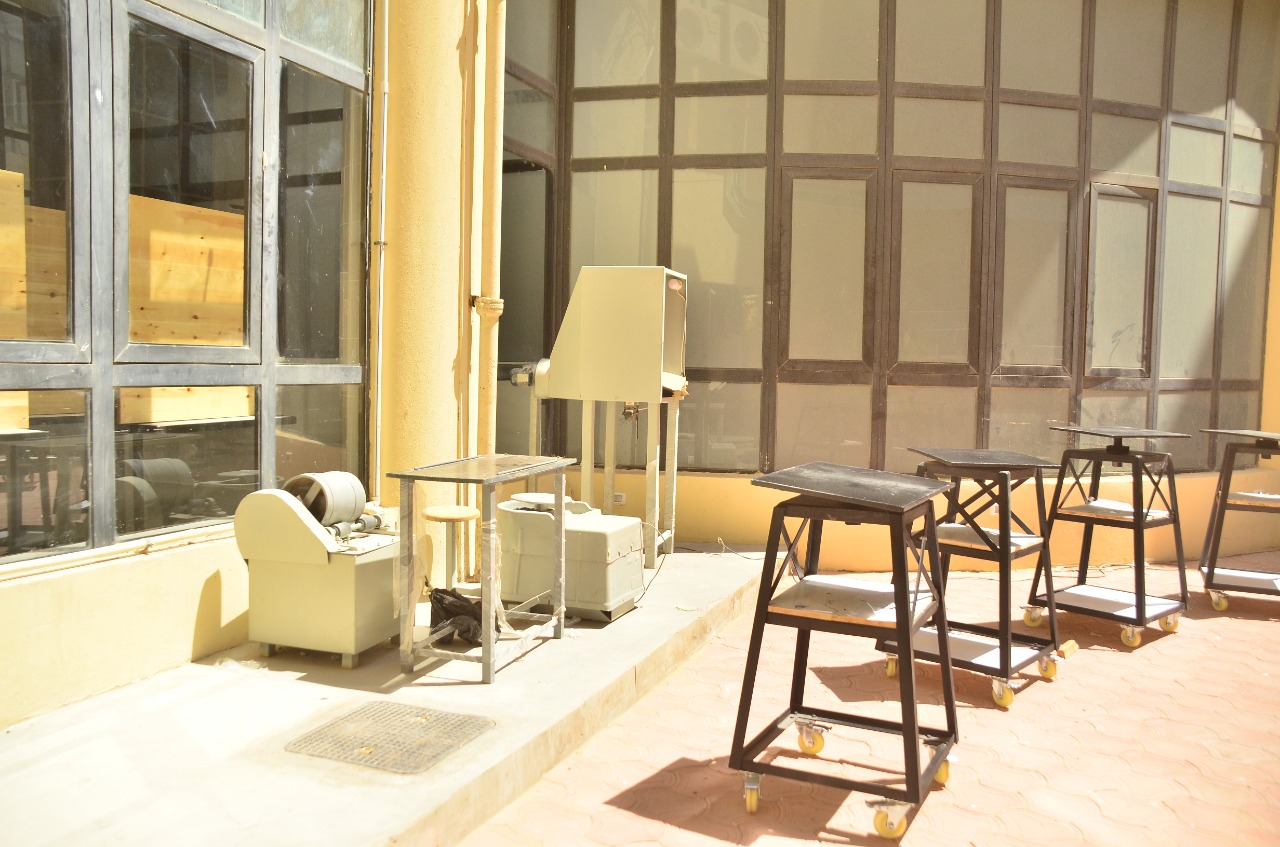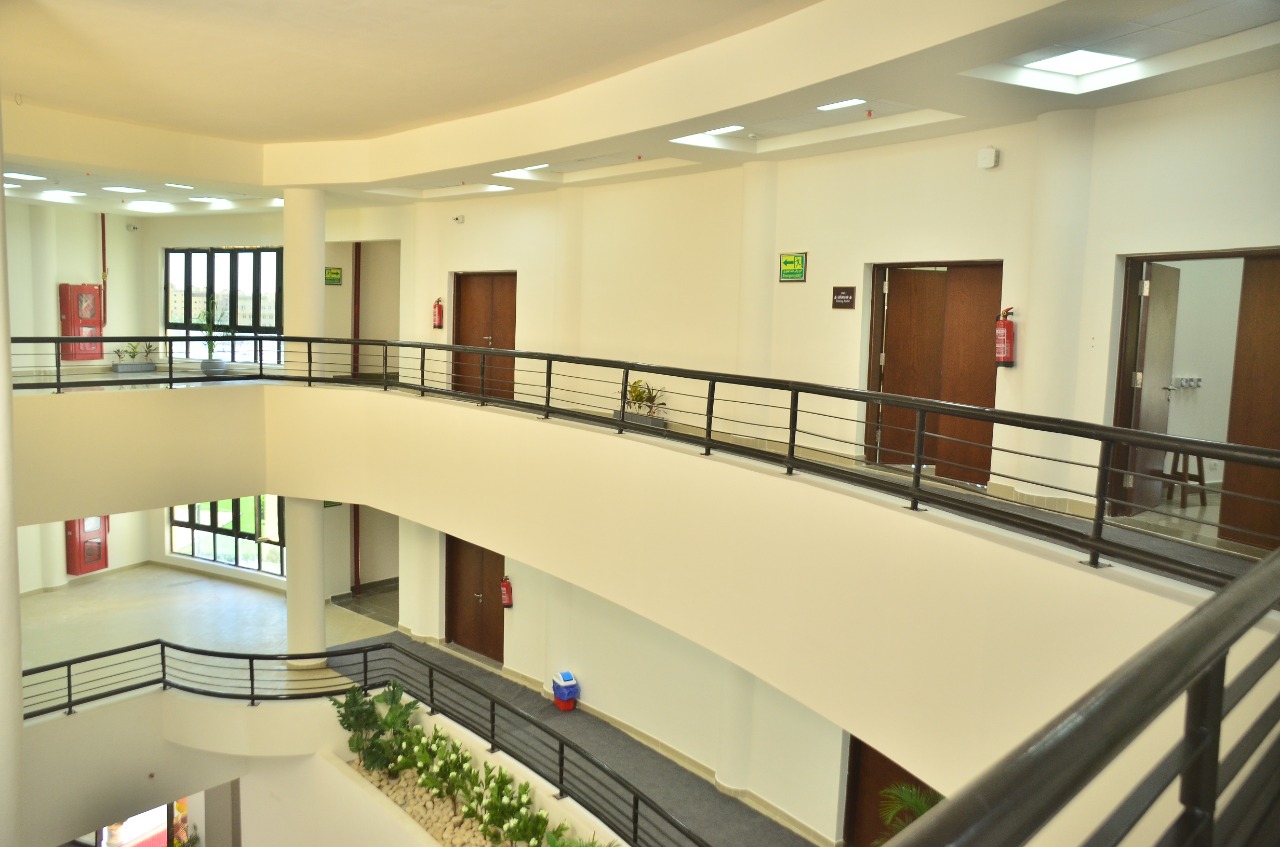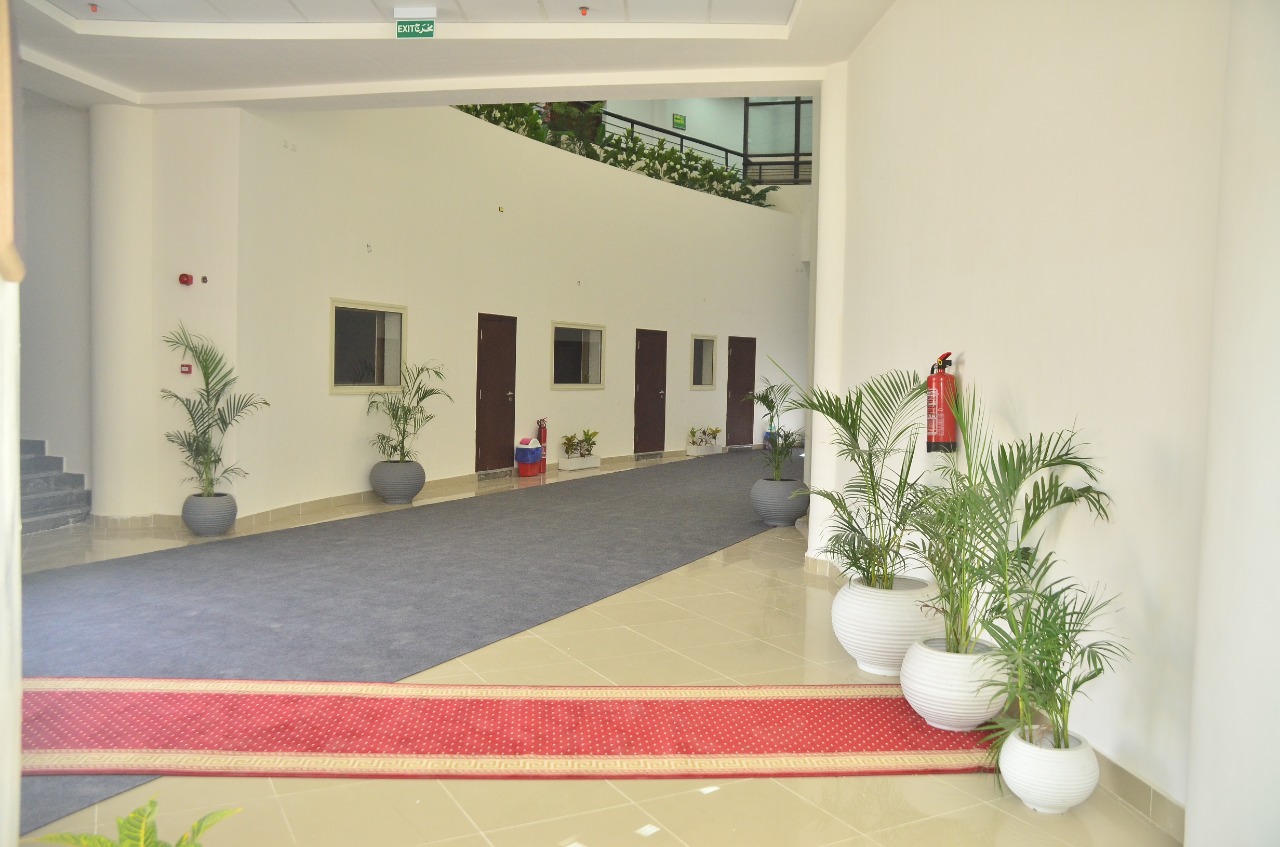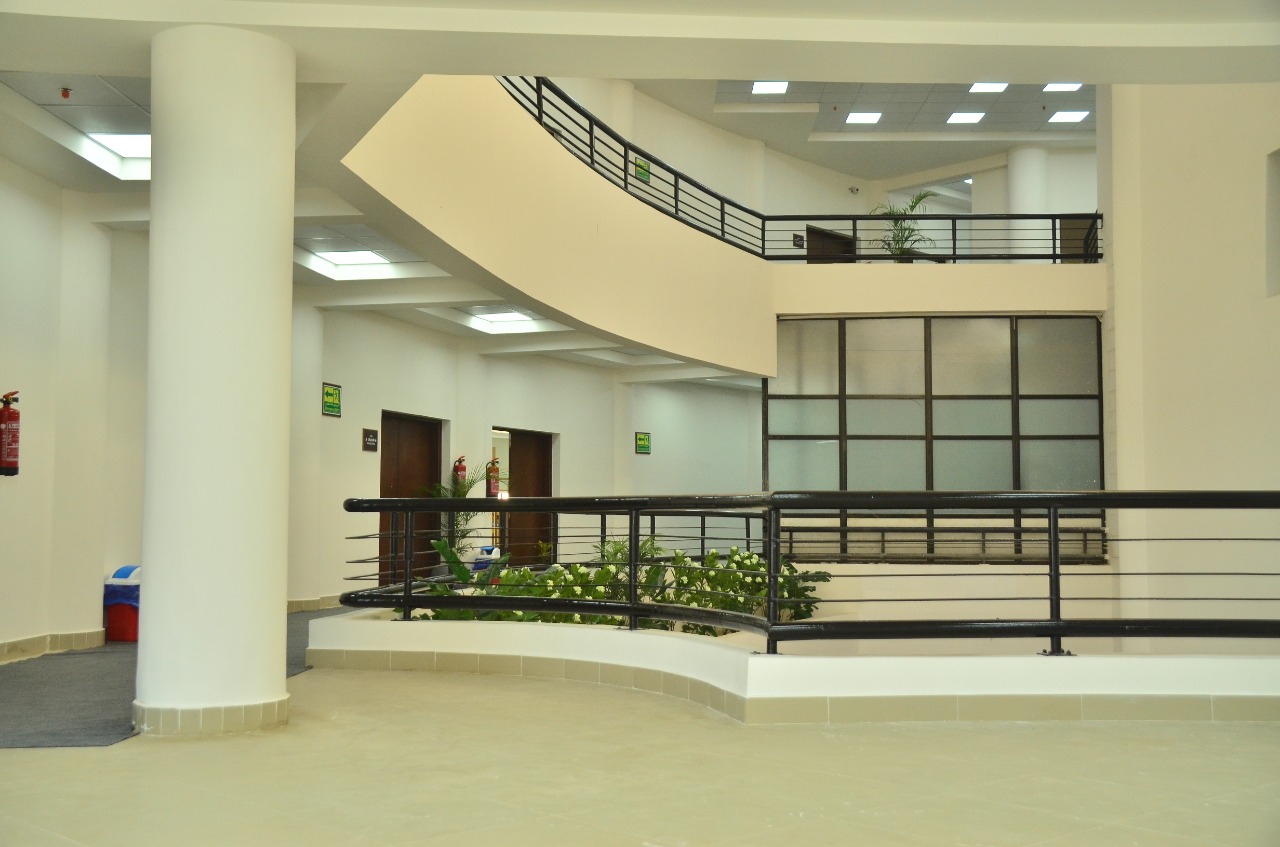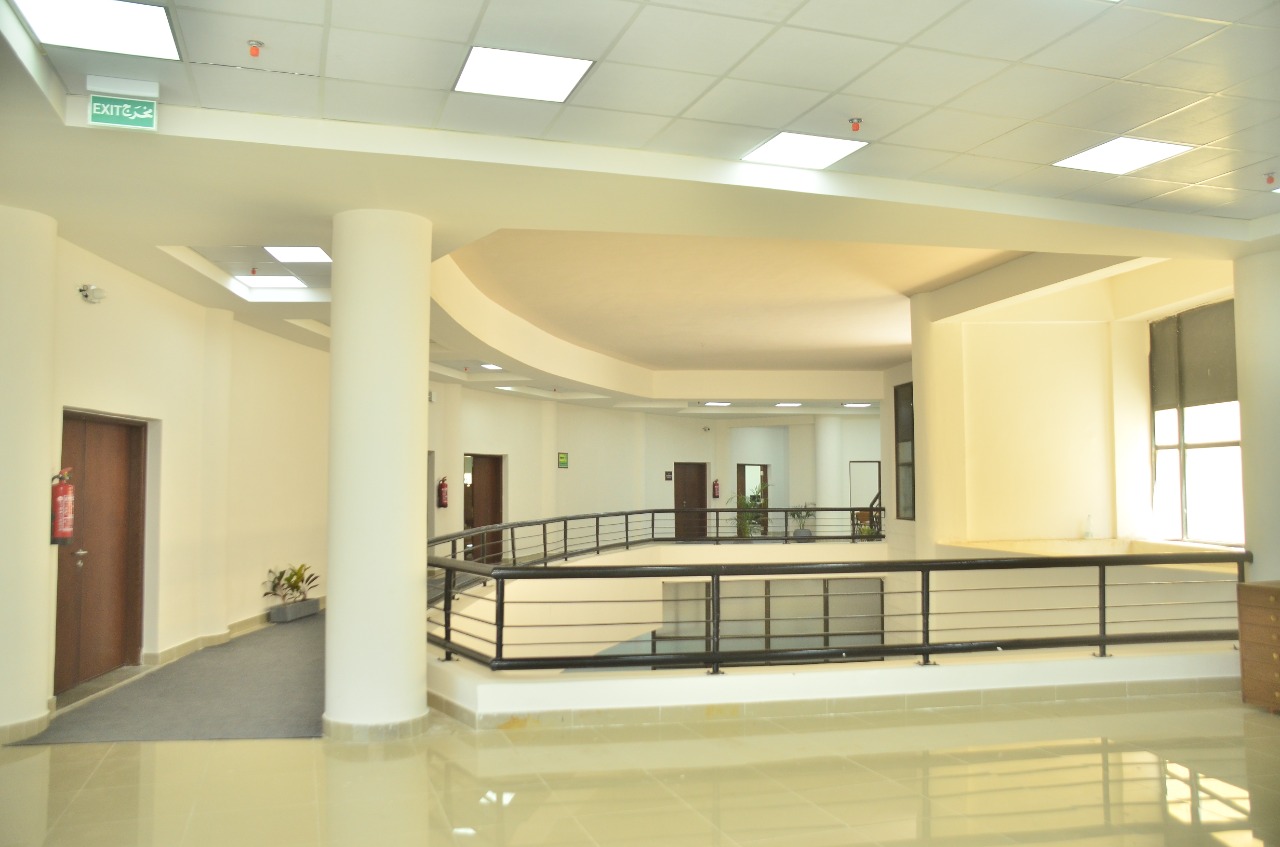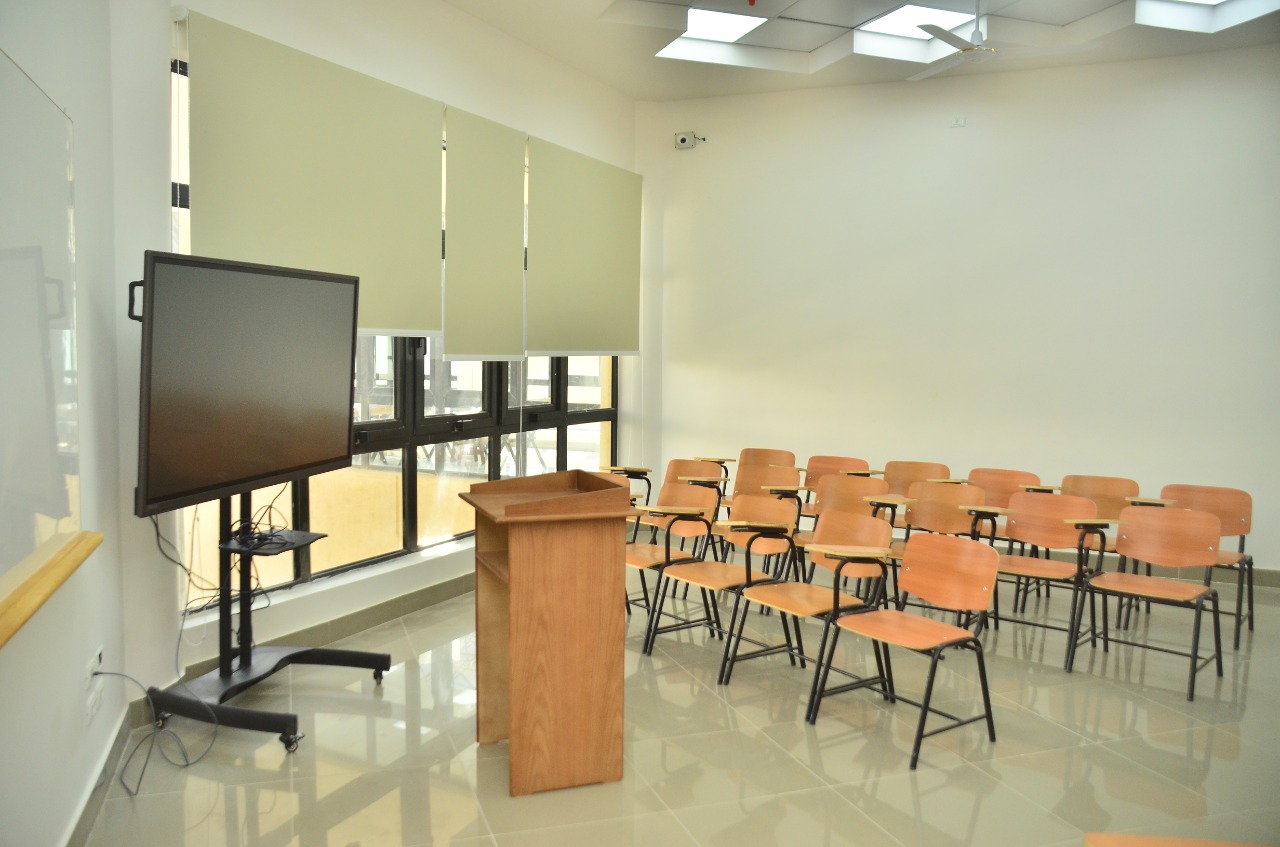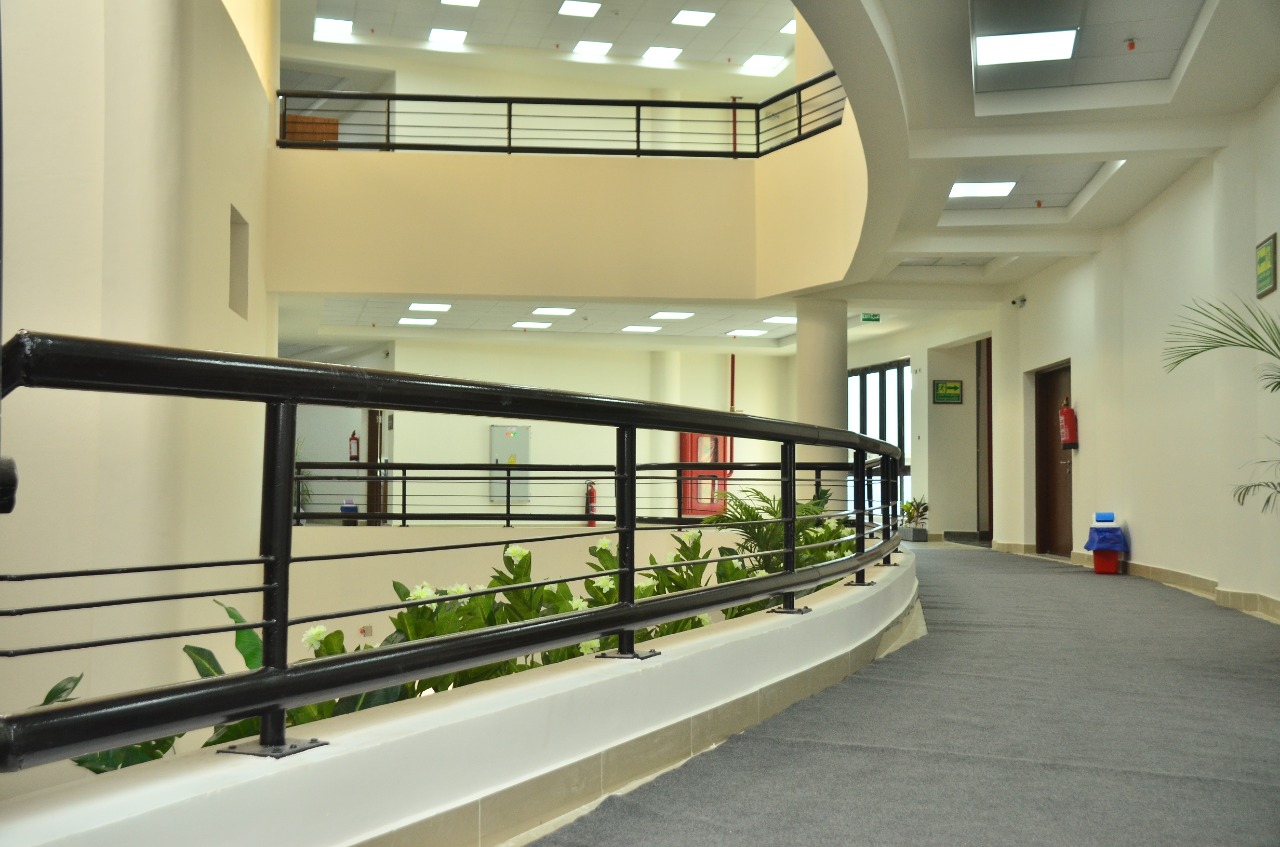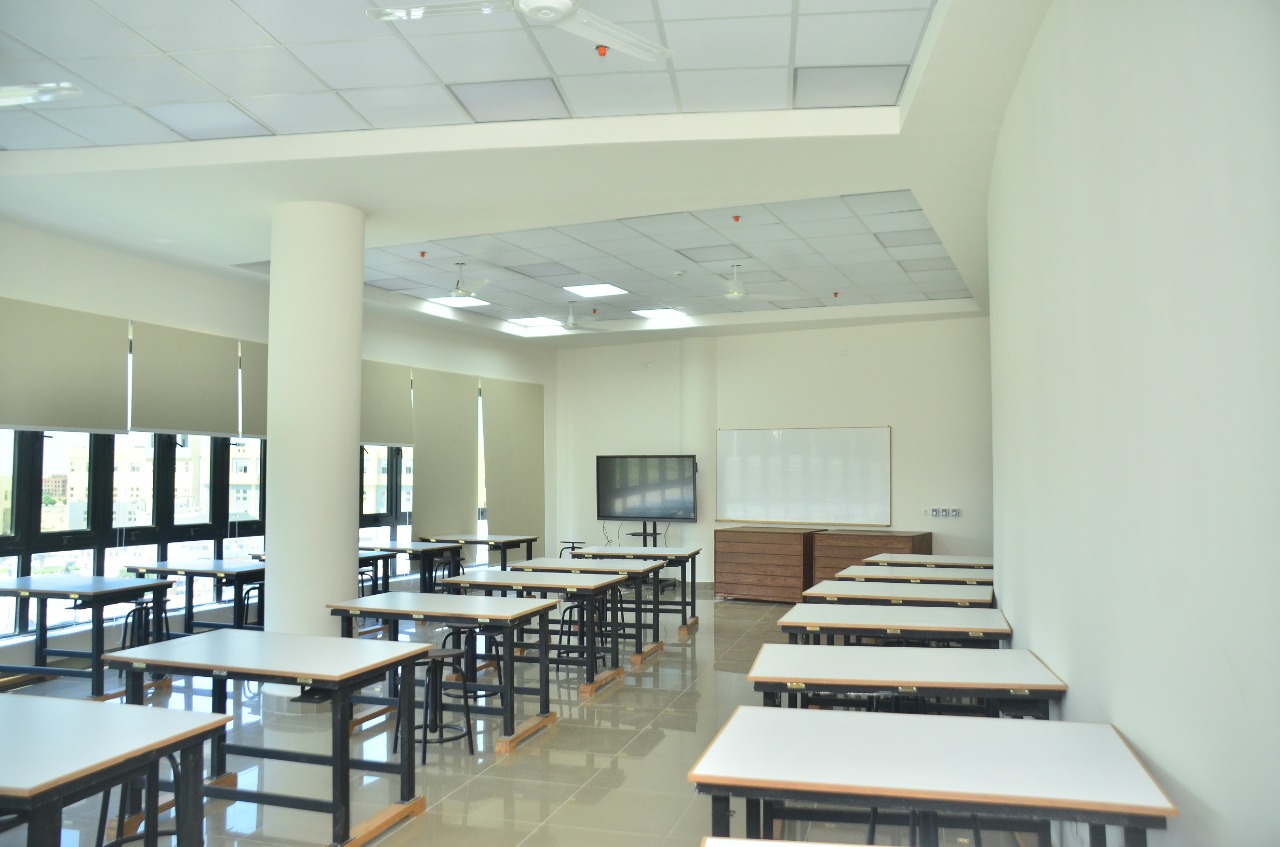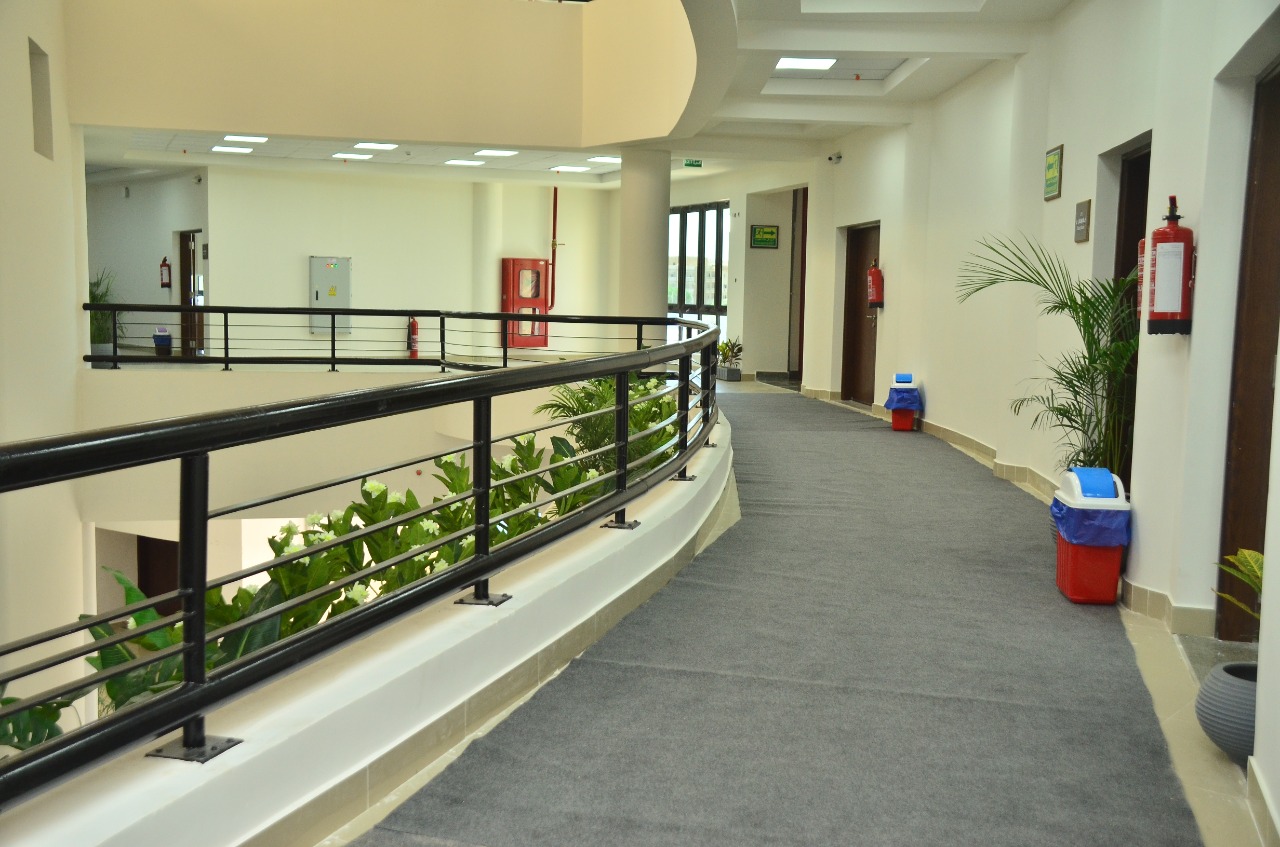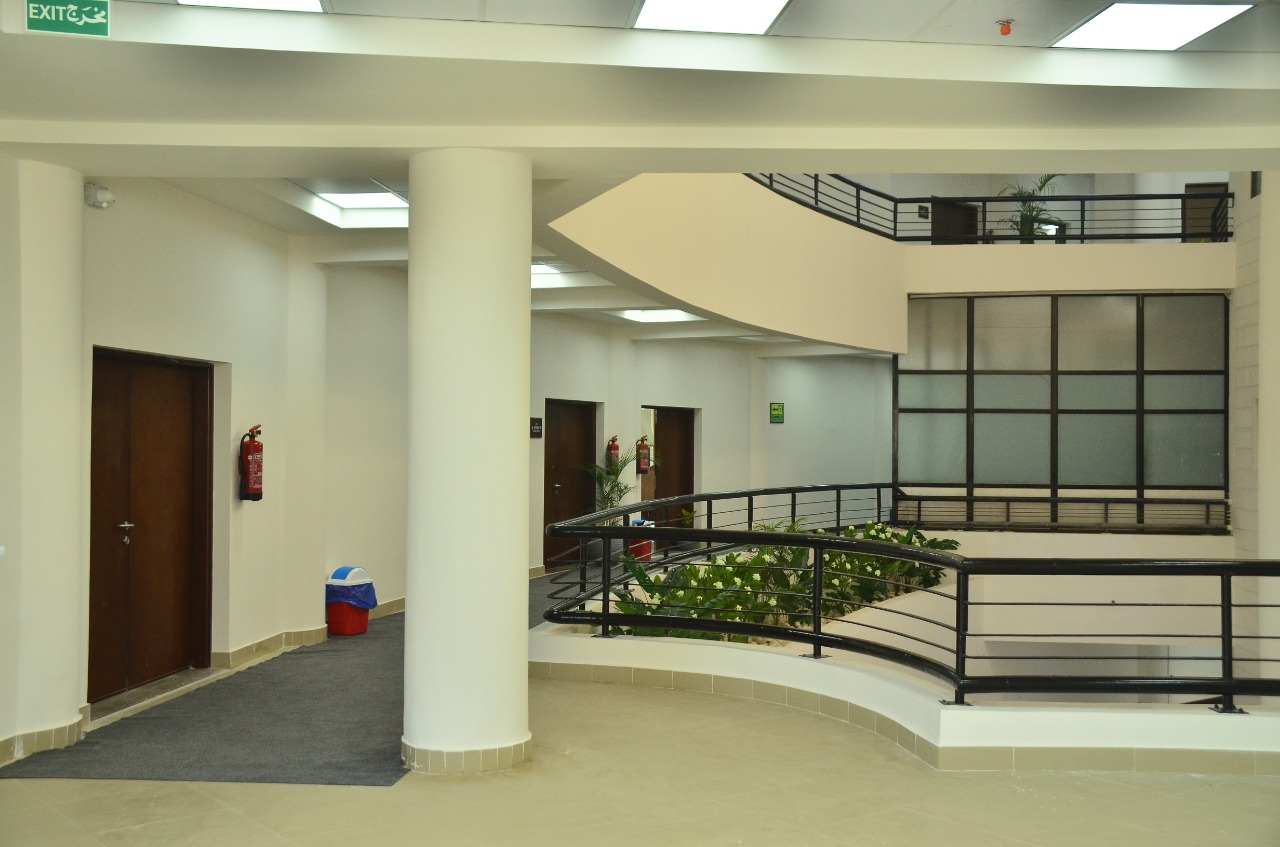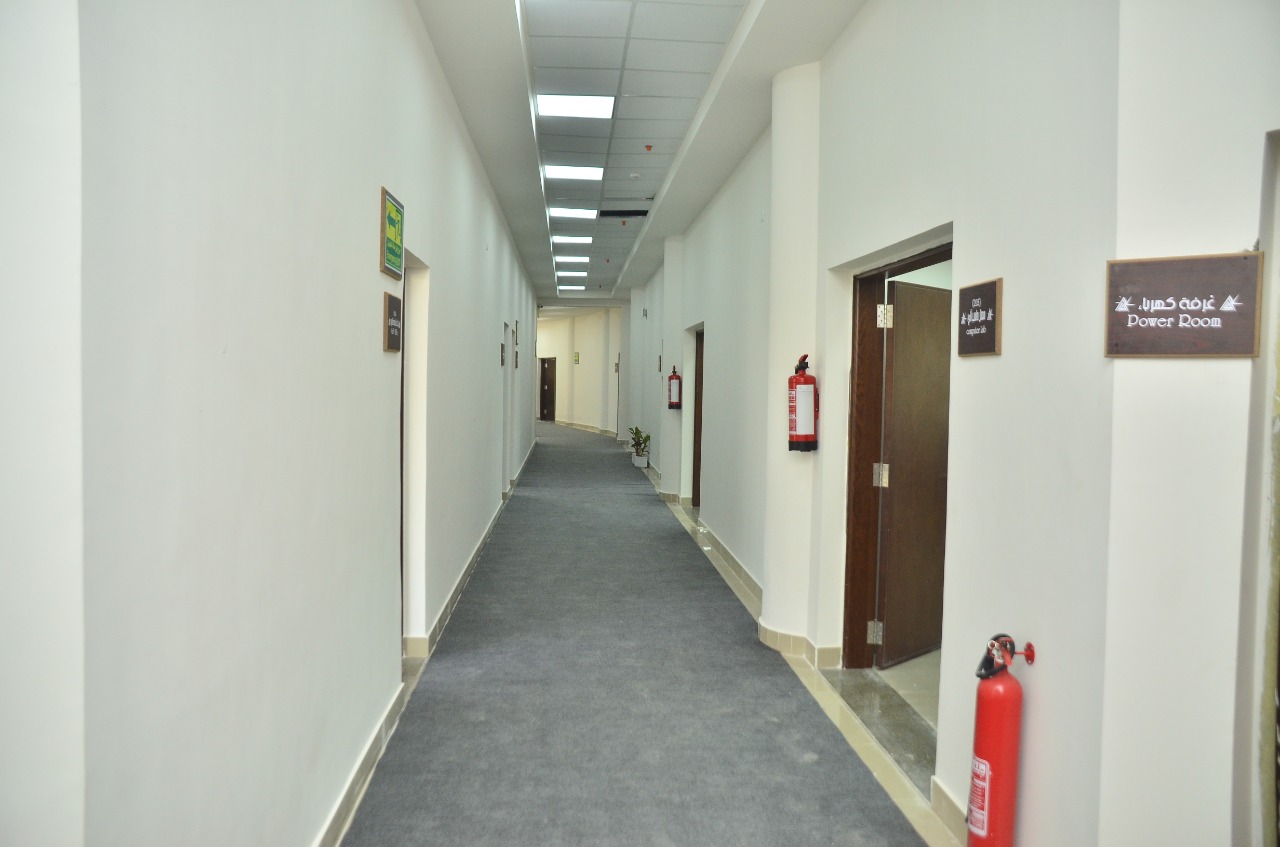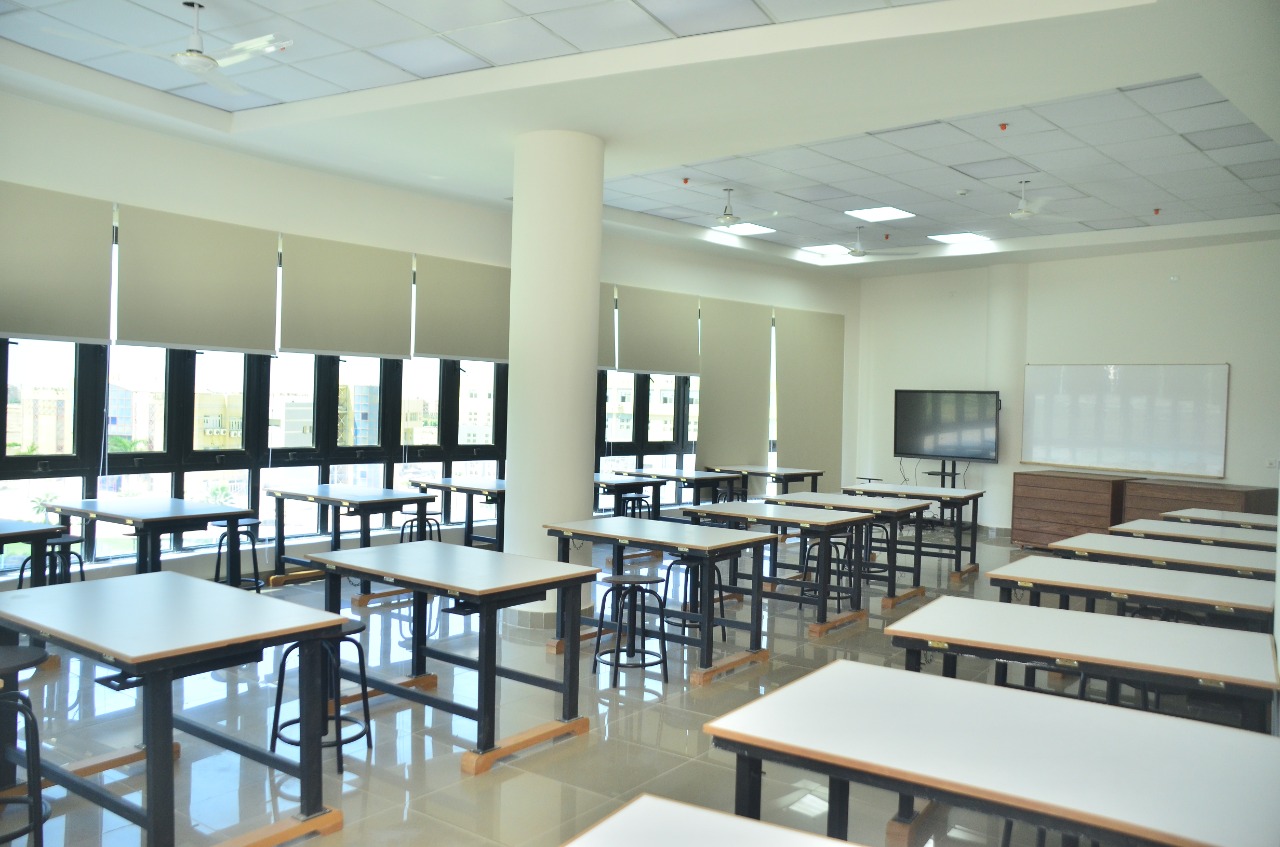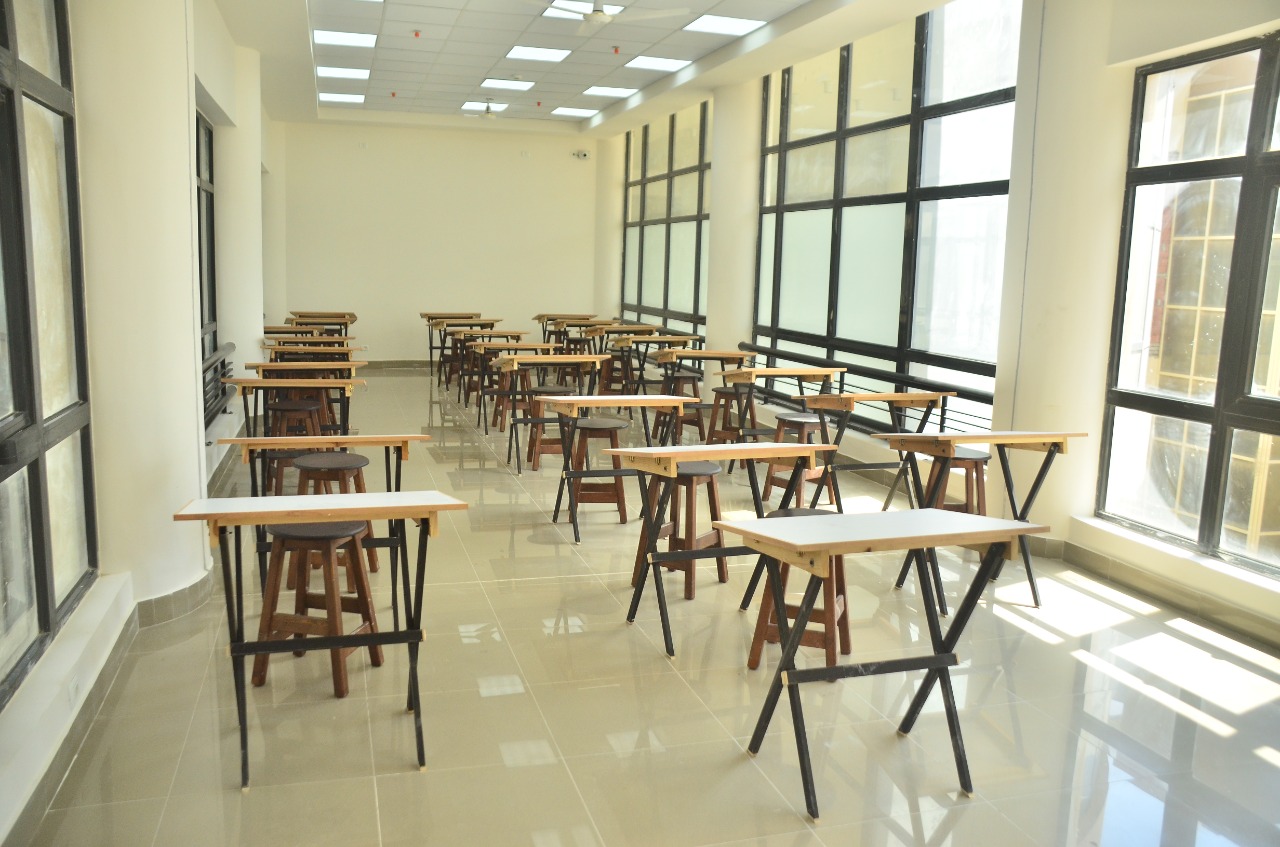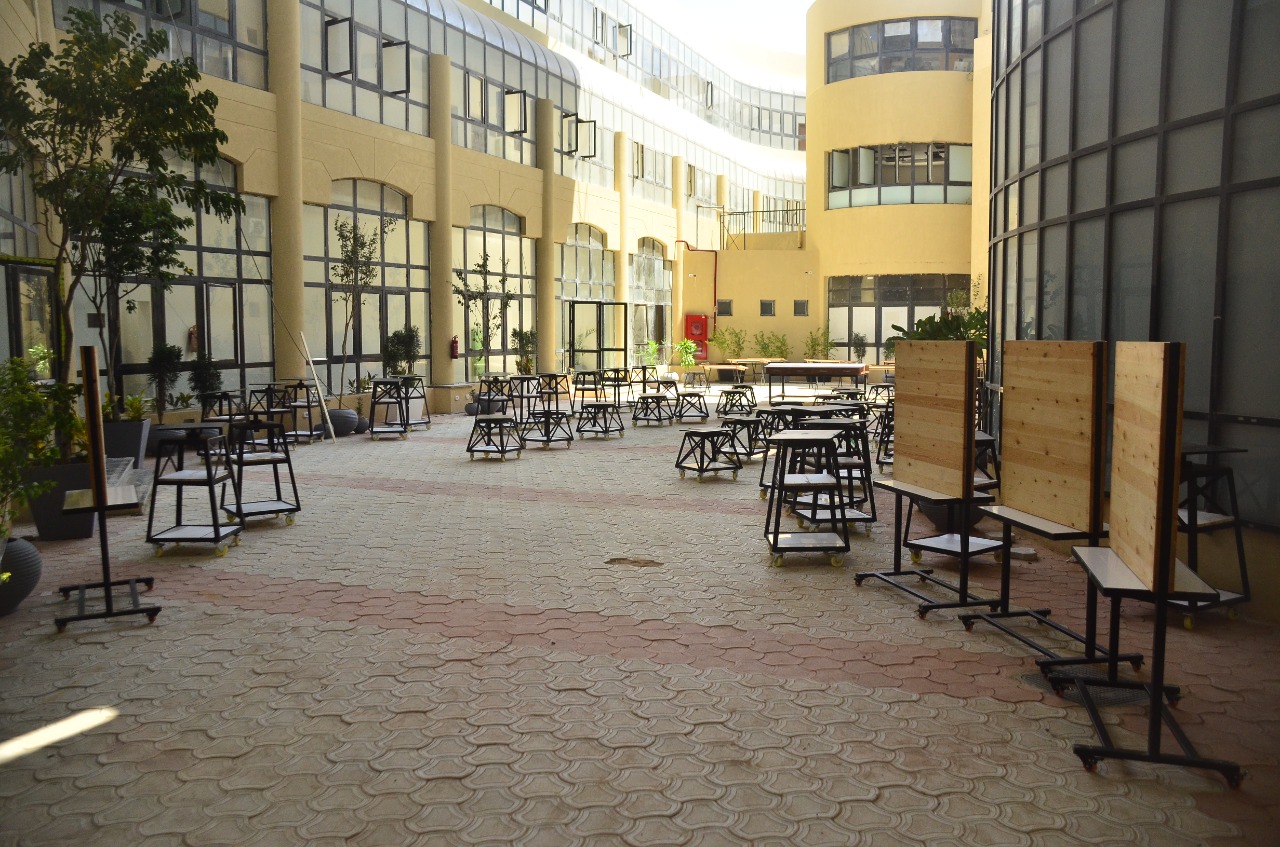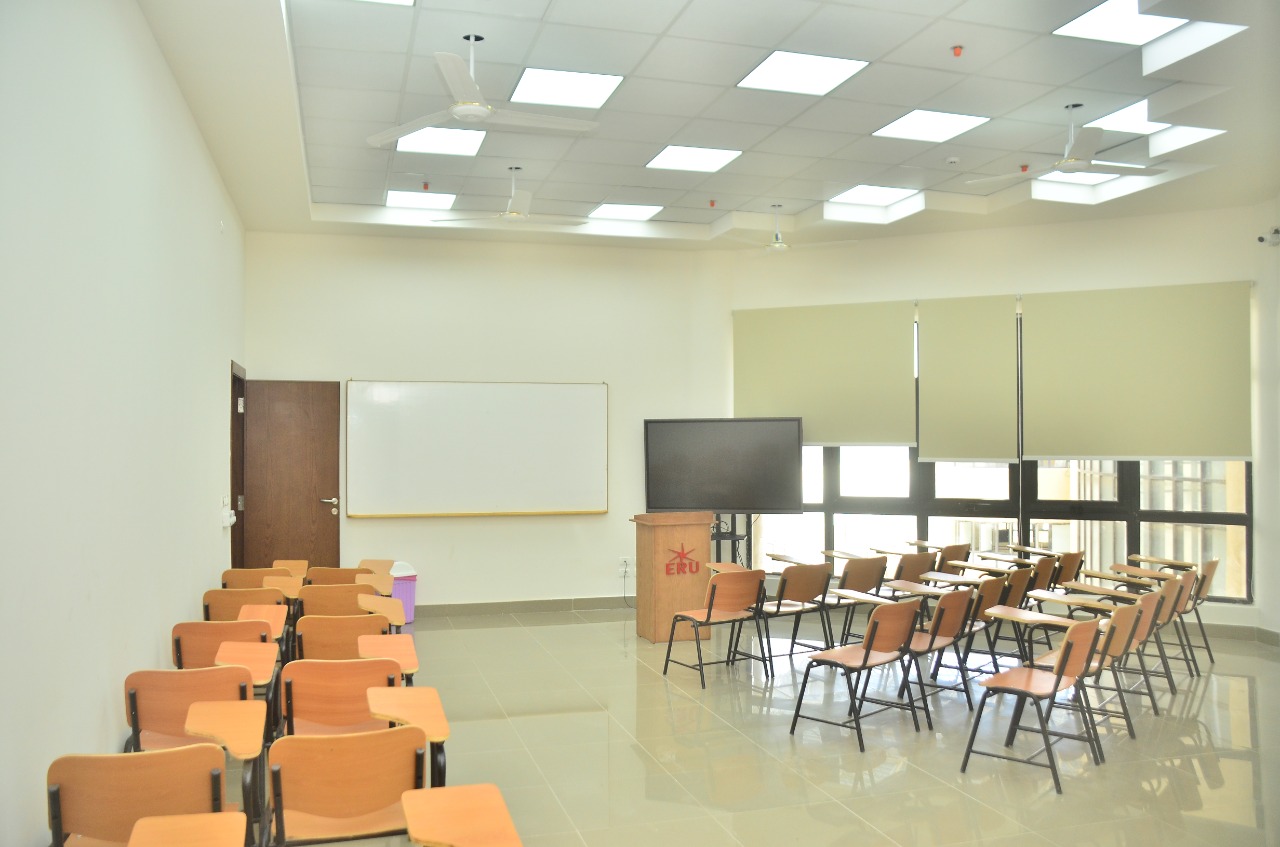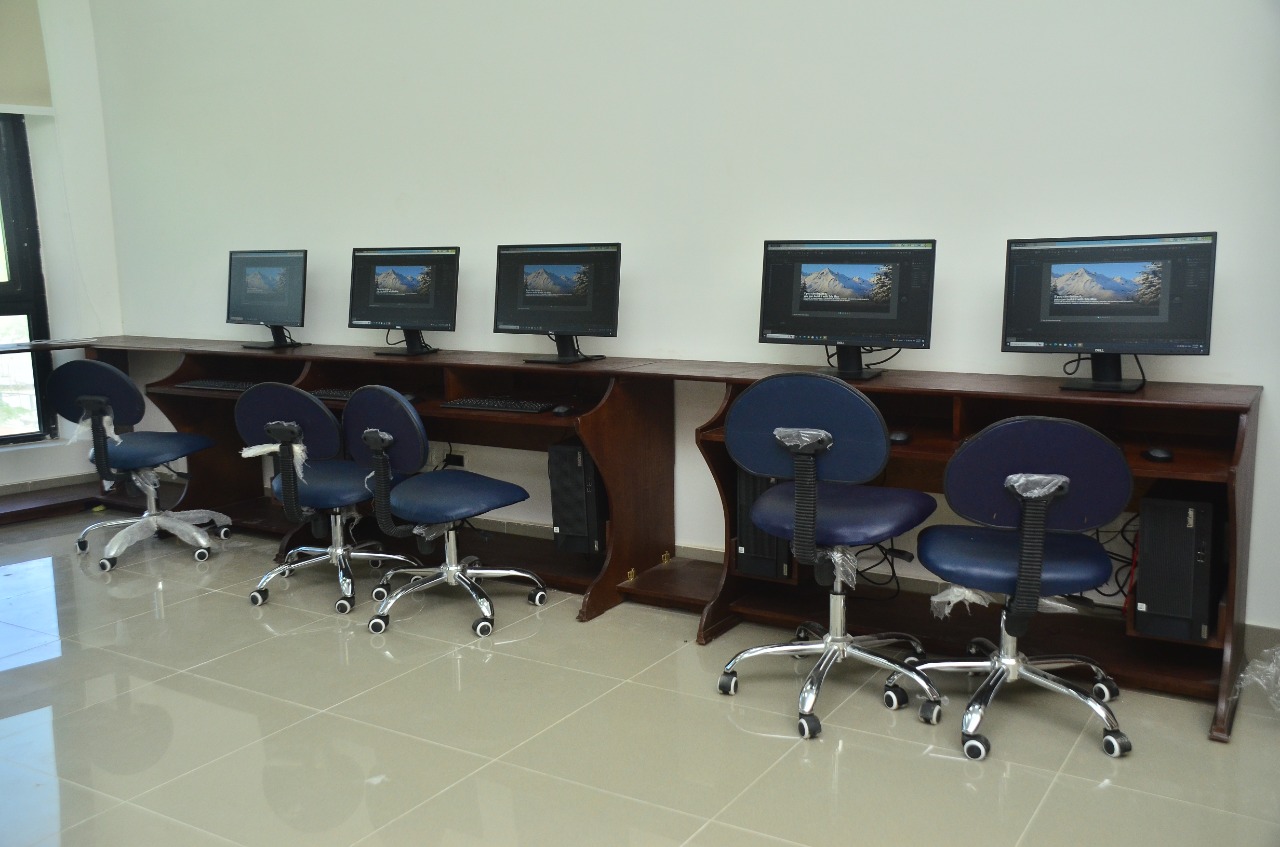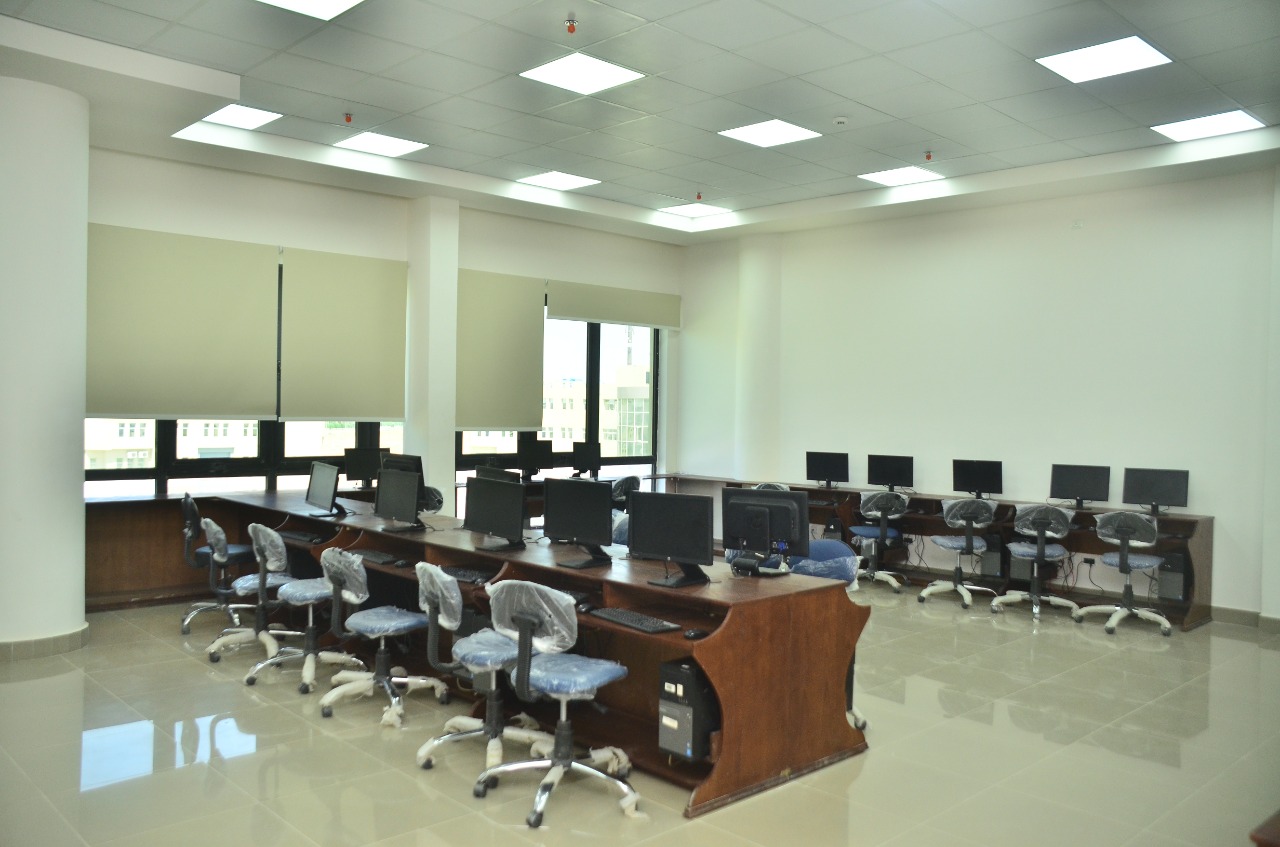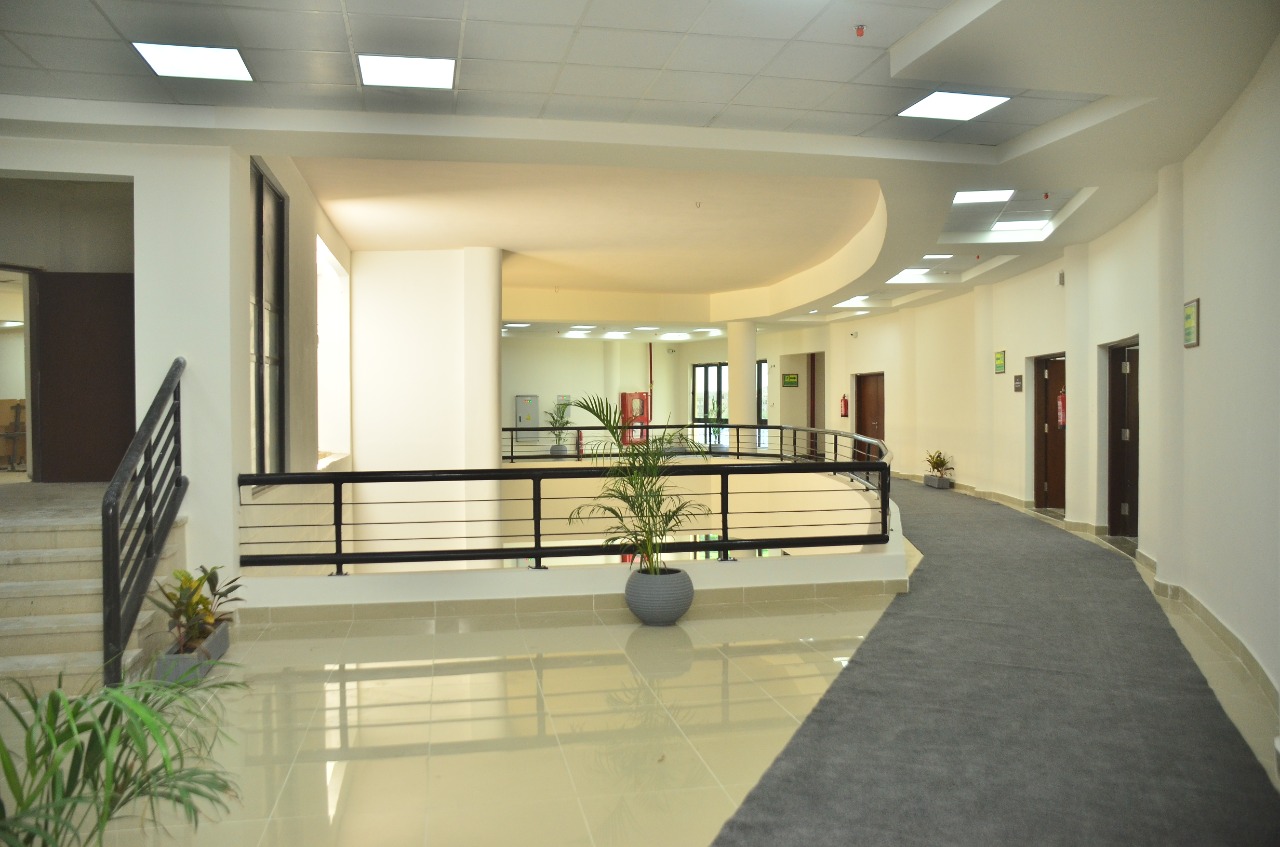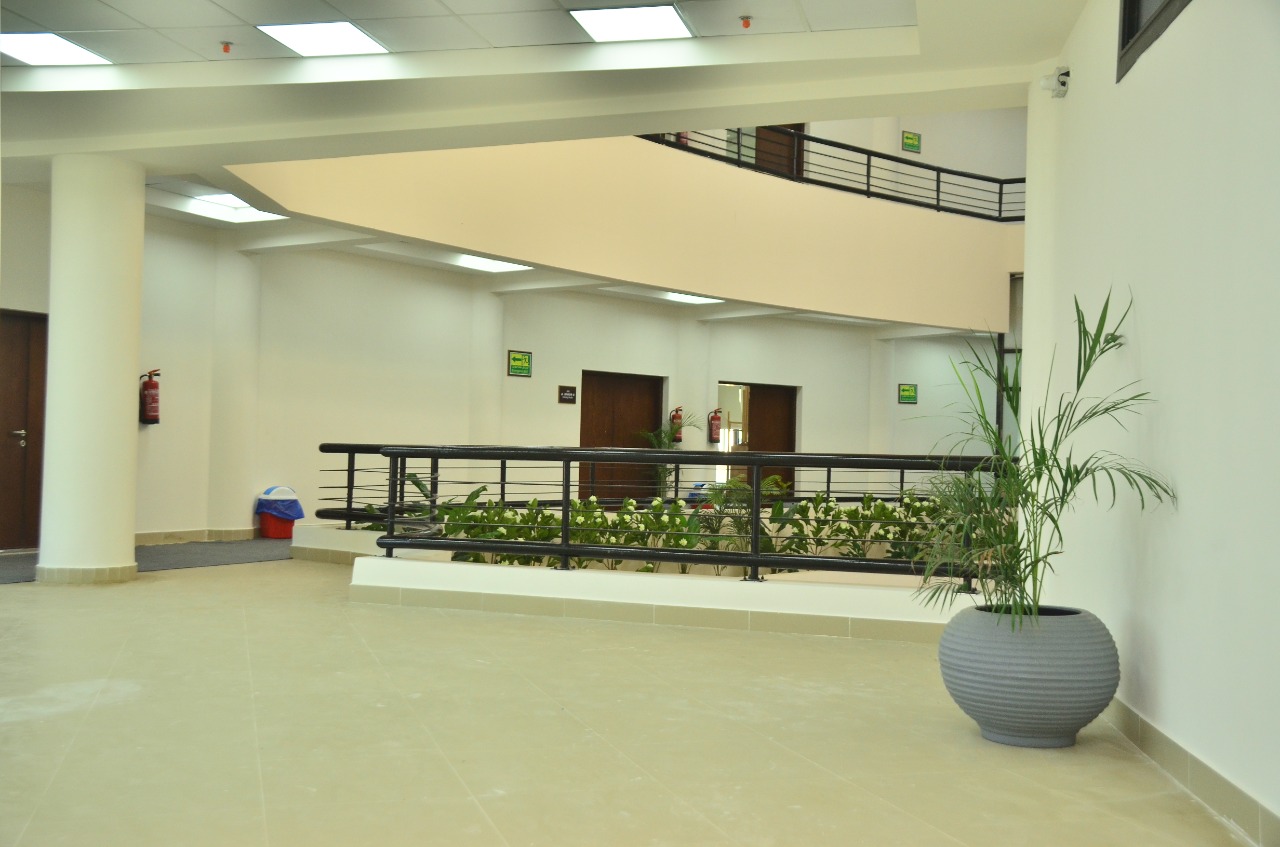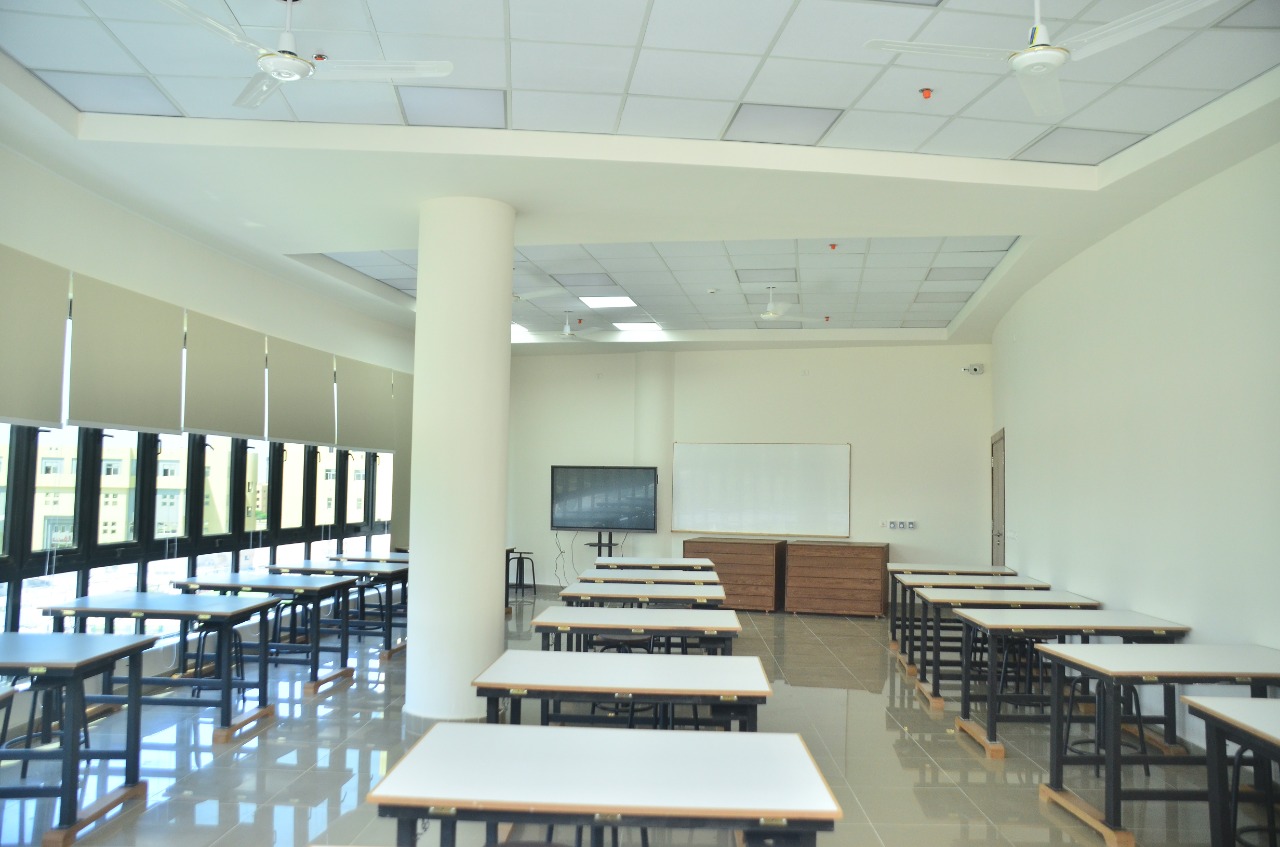Welcome to the College of Fine Arts
Welcome to the Faculty of Fine Arts… Where Creativity Has No Limits!
Here, in ERUFA you won’t just study art—you’ll embark on a journey to explore integrated arts and design, where creativity
merges with technology and modern techniques bring artistic visions to life. You’re not just joining a faculty;
you’re stepping into a world of innovation, experimentation, and boundless visual expression.
In our studios, ateliers, and digital labs, you’ll push creative boundaries and transform ideas into stunning artistic
realities. From visual arts—sculpture, painting, printmaking, and photography—to visual communication, game
design, interactive media, environmental design, and scenography, your creativity will take new forms.
If you seek an environment that refines your talent, challenges conventions, and opens doors to the future… you’ve
found it!
Today, you are students; tomorrow, you’ll be leaders in integrated arts and design, shaping the future of visual and
interactive experiences.
Home Contact Us Creative Action and Community
Engagement Center
Facilities: Ateliers, lecture halls,
laboratories, and studios
Centers and Unites Apply Academic Resources Section Student Gallery
and Projects
Academic Affairs
Welcome to the Faculty of Fine Arts… Where Creativity is Born and Never Ends!
Dean’s message
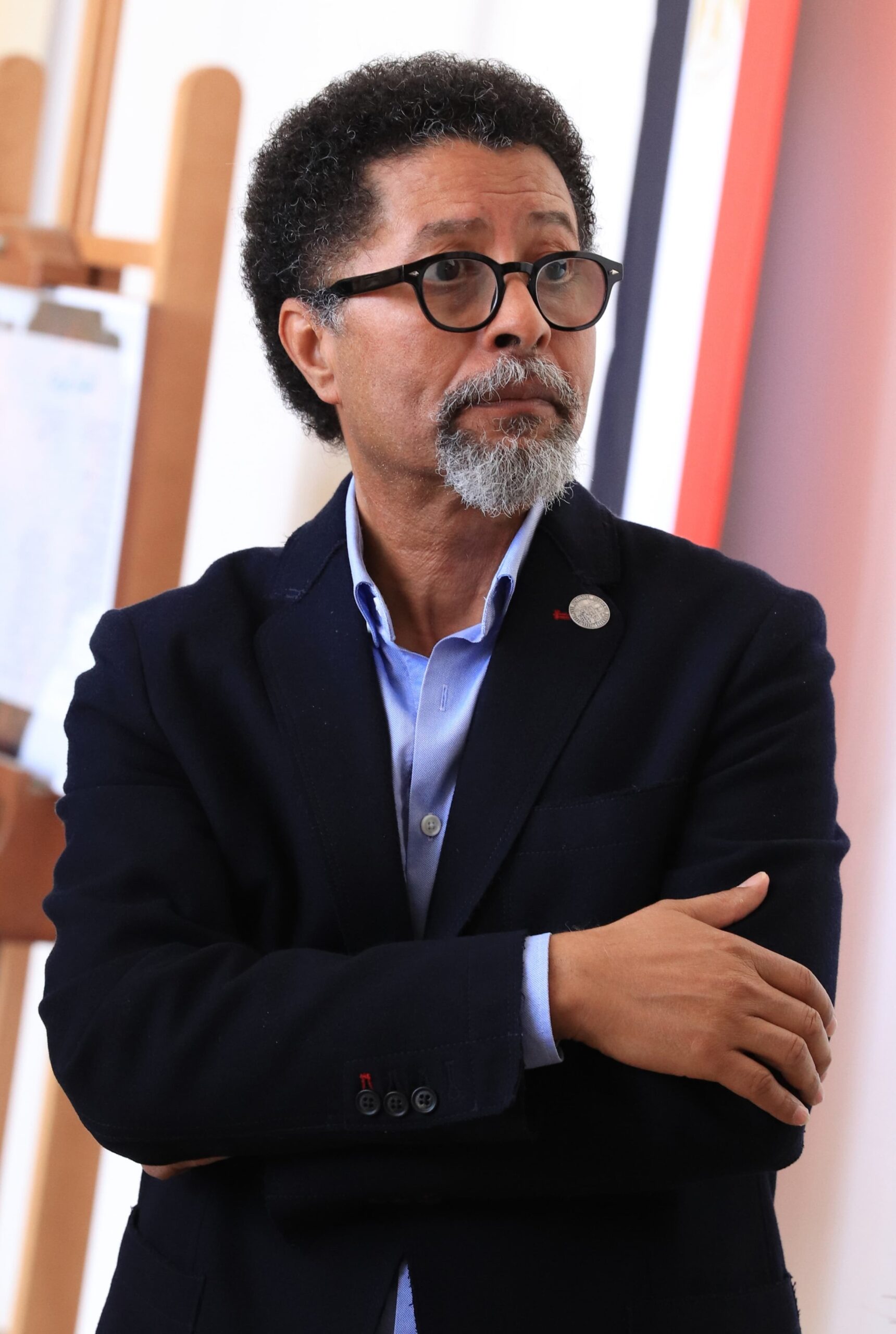
Prof. Mohamed Oraby
Dean of Collage of Fine Arts
Dear students,
Warm greetings filled with passion and creativity, and welcome
to the Faculty of Fine Arts at the Egyptian Russian University.
Today, we are proud to welcome a new batch of creators who
have chosen to make creativity their language and art their way
of life. You are now on the threshold of a unique journey where
you will discover yourselves and enrich the world around you.
At the Faculty of Fine Arts, we believe that art is not merely a
skill or craft; it is a message, a vision, and a tool for influencing
society and life itself. Therefore, our academic programs are
designed to combine the strengths of traditional fine arts with
the strengths of modern arts and design. We are not just
talking about artists, but also about designers who possess
the ability to solve visual and aesthetic problems while achieving
a balance between beauty and functionality. Our goal is to
nurture a new generation of artists and designers with a comprehensive
vision capable of meeting the needs of the modern
era.
The Faculty’s Methodologies: A Gateway to the Future
Our academic programs are not just study plans; they are tools
to help you build your professional and personal future. We rely
on flexible methodologies that allow us to continuously update
our curricula in line with the demands of the modern age.
Whether through integrating digital technologies into the
visual arts, using technology to develop innovative architectural
works, or exploring digital arts and artificial intelligence, we
ensure that you remain at the forefront.
We understand that today’s job market requires new and multidisciplinary
skills, so we work to instill these skills in you from
day one. You will have opportunities for hands-on training, participation
in international workshops, and networking with
experts and creative from around the world. Our goal is to prepare
you as professional artists and designers capable of competing
globally and offering innovative solutions to the challenges
facing our society.
The Faculty of Fine Arts
Study is in Arabic and English. - - The study is based on credit hours. Distinguished study programs. - - In addition to the main specialization, you study a secondary specialization that increases your experience necessary for the labor market. - - Technical and technological equipment with standard specifications: media studios, consisting of: radio and audio production studios – TV and Virtual Reality studios – photography – social media, deep and embossed art print studio, silkscreen and flatbed printing, 3D Scanner modeling studio, 3D Printer and other accessories and equipment, Sculpture and pottery studio, digital media painting laboratories. Drawing and coloring studios, design studios, open studios, and other entertainment venues, and a library. - - A foundation year that qualifies the student to choose the major specialized track appropriate to his capabilities and inclinations, as well as a secondary specialization that helps him qualify for the labor market. - The college holds its own aptitude test. - The duration of the study is five academic years, with the possibility of completing the study in four academic years with the application of the rules for studying in the summer semester and increasing the semester load. - A bachelor's degree in a specialization is obtained after completing a total of 160 credit hours. - The teaching system relies on the use of applications and software for all fields of the arts, in addition to manual techniques. - Field training is mandatory as a graduation condition, to train students directly and have contact with the labor market. - - A graduate of the Environmental Design Program joins the Syndicate -of Interior Designers and the Syndicate of Fine Artists. - It is available for graduates of digital media arts (animation, motion design, entertainment design and digital games) to subscribe to the Syndicate of Animation Artists. -The study program includes scientific Visit to the places closely related to the study inside and outside Egypt, for the scientific link between study and application, as well as for contact with the local and international fine arts and design movement under the supervision of the faculty members and their assistants, according to what is contained in the tables of scientific content of the courses of study programs attached under these regulations, Students must present the output of the trip in documentary form (film, sketchbook, diary) and it is presented in the form of an interactive presentation. The student’s scientific trips are considered an inseparable part of the academic courses and the degree of the scientific trip is calculated within the grades of the semester work as decided by the department council and the college council. - The student can study one or two semesters in corresponding colleges or academies outside Egypt within the framework of one of the agreements signed with the university or international projects for student exchange and provided that the approval of the scientific department council, the college and the university before travelling. The degrees and hours of the approved courses are approved and calculated within the student’s study plan to obtain a Bachelor of Fine Arts from the Egyptian Russian University, after equalizing the content of the courses and the approval of the department and college councils. -There is a scientific partnership agreement for student exchange between the college and one of the most prestigious Italian academies of fine arts (Academy Albertina in Turin). -The student can study one or two semesters at the Albertina Academy in Turin, Italy.
The teaching methodology of the college is based on a multidisciplinary approach based on two axes as follows:
* The general preparation consists of:
The foundational year, Free Arts and Sciences Studies package; And a group of creative interaction and community participation courses.
Foundational Year (FOU): College students spend their first year of foundation, studying the basics of fine arts and design such as:
Drawing elements of life and the surrounding environment, color and design, shape and space, perspective, and sculpture ( constructing three- dimensional structures), as well as dealing with other media such as photography and other media included in the elective courses that enhance their knowledge of their specialized track. They also learn ways of critical creative and scientific thinking through the foundation year courses.
* Specialized preparation: Major and Secondary specializations.
The Faculty of Fine Arts at the Egyptian Russian University offers through its scientific departments a variety of majors in the fields of arts and design, where the student chooses after passing the foundation year one of the specializations to complete his studies to obtain a bachelor’s degree and in addition to this, the college system provides students with the opportunity to choose a secondary specialization chosen by the student from among a number of secondary specialization programs offered by scientific departments to cover most of the society’s needs of fine arts with its contemporary concepts and applications, where the student expands and completes his studies in a specific subject or program that adds complementary qualified experiences to the labor market.
Majors:
1- Department of Digital Media Arts:
- Cartoons
- Design of entertainment arts and digital games
- Motion designs
2- Department of Environmental Design
- Architecture and landscape design
- Interior architecture and furnishing
- Scenography
3- Department of Visual Arts:
- Photography and multimedia
- Sculpture and furnishing in a vacuum
- Artistic Print
4- Department of Dolls and Model Toys Design
5- Department of Visual Communication Arts
- Advertising design
- Graphic design
- Illustrative drawings
Secondary specializations:
Secondary specializations give undergraduate students the opportunity to expand the field of their studies in the specializations of fine arts and its data within teaching contemporary visual arts and the requirements of the labor market. Among the high school major programs offered by the college as electives, the student enrolled at the college and who is qualified to continue his study can choose one secondary program beside the major one with the approval of the relevant department councils, taking into account the academic load.
Secondary programs:
1- Advertising Design
2- Art History
3- The Art of the Book
4- Digital Media Arts
5-Ceramic Art
6- Landscaping and Garden Design
7- Interior Design
8- The Art of Photography
9- Photography
10- Sculpture and Installation in a Vacuum
11- printmaking
12- Graphic Design
13- Sustainability
14– Entrepreneurship
- - The college accepts students who have high school (general or Azhar), the scientific section (science & Math.) and the literary section or its equivalent from Arab or foreign certificates.
- - The college accepts non-Egyptian expatriate students who have an Egyptian high school diploma or its equivalent from Arab or foreign certificates. It also accepts students from graduates of advanced industrial technical schools (5-year system) within only 2% of the number of students admitted to the college, after they pass the abilities test held at the college and the equivalency tests for the central competition. This is in accordance with the terms and rules of admission determined by the Council of Private and National Universities and the Council of the University.
- The College Council may accept students who have a bachelor’s degree, or a diploma of technical institutes from other colleges, to study in the college, and the students are required to pass a general aptitude test or a qualified aptitude test held by the college, provided that the study is not less than two years.
- The College Council may accept students who have a bachelor’s degree in fine arts, art education, applied arts, specific education, and art education departments in the faculties of education, or any other faculties in Egypt and the Arab world who wish to study any of the college’s specializations. This is subject to admission terms proposed by the College Council and approved by the University Council.
- Students join the major specializations at the second level according to their desires, after passing the admission tests in the scientific departments, and fulfilling the rules and conditions set by the College Council.
- Admission to secondary programs starts from the second semester of the second level, according to the students' desires and the approval of the academic supervisor and concerned departments.
- -The student studies a secondary program and one of the optional programs offered by the college in addition to his main specialization.
-The student obtains a Bachelor of Fine Arts degree in one of the major disciplines offered by the college after successfully passing the number of credit hours for the program (160 hours), the minimum requirements for graduation, so that the study period is not less than four years and not more than ten years.
-The student can complete the graduation requirements of the credit hours in 8 semesters (fall and spring) upon completion of the number of credit hours for each level in the program in addition to two semesters (summer) with a total of 160 credit hours.
Gallary
